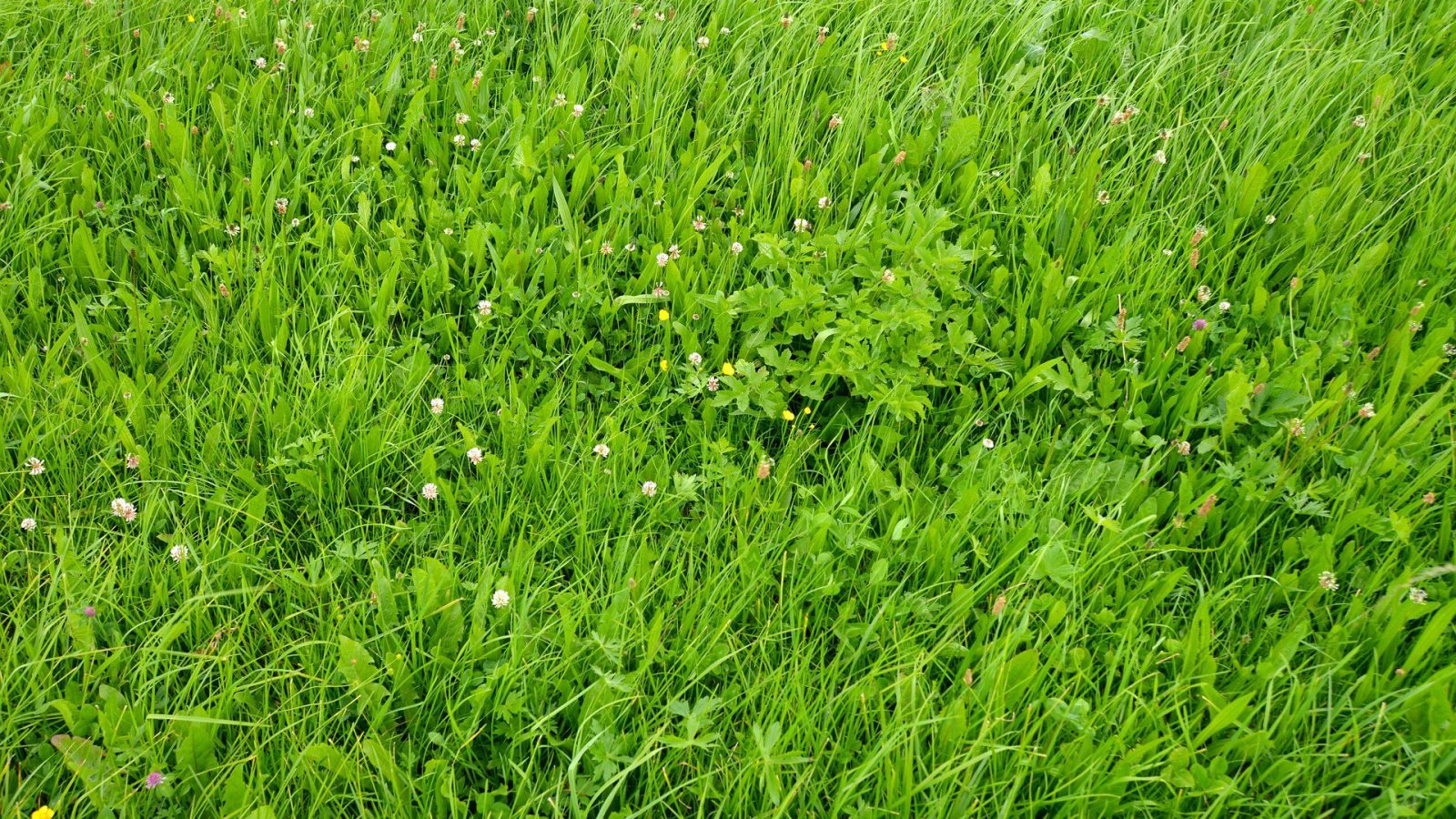Bijeenkomst: EGF2015 Auteur: Dhamala N.R., Søegaard K. and Eriksen J. ISBN: 978-9090-289-61-8 Jaar van uitgifte: 2015 Producttype: Paper In highly productive temporary grasslands in Europe, plant diversity is usually low. Some non-leguminous species have shown a high competitive ability in temporary grasslands and can increase plant diversity without compromising yields. In an experiment, the competitiveness …
Different harvesting strategies and cultivar mixtures for grass silage production in Finland
Bijeenkomst: EGF2015 Auteur: Hyrkäs M., Sairanen A., Kykkänen S., Virkajärvi P. and Isolahti M. ISBN: 978-9090-289-61-8 Jaar van uitgifte: 2015 Producttype: Paper Scandinavian milk and beef production is based on high-quality grass silage. Harvesting time of grass, especially in the first cut, is the major factor that determines the optimization of dry matter yield and …
Performance and quality of legume monocultures and grass-legume mixtures during two dry years
Bijeenkomst: EGF2015 Auteur: Kizeková M., Jančová Ľ., Dugátová Z., Čunderlík J., Kanianska R., Makovníková J. and Tomaškin J. ISBN: 978-9090-289-61-8 Jaar van uitgifte: 2015 Producttype: Paper The paper presents the effect of weather variables on performance and herbage quality of legume monocultures and grass-legume mixtures. In a field experiment, the total dry matter yield and …
